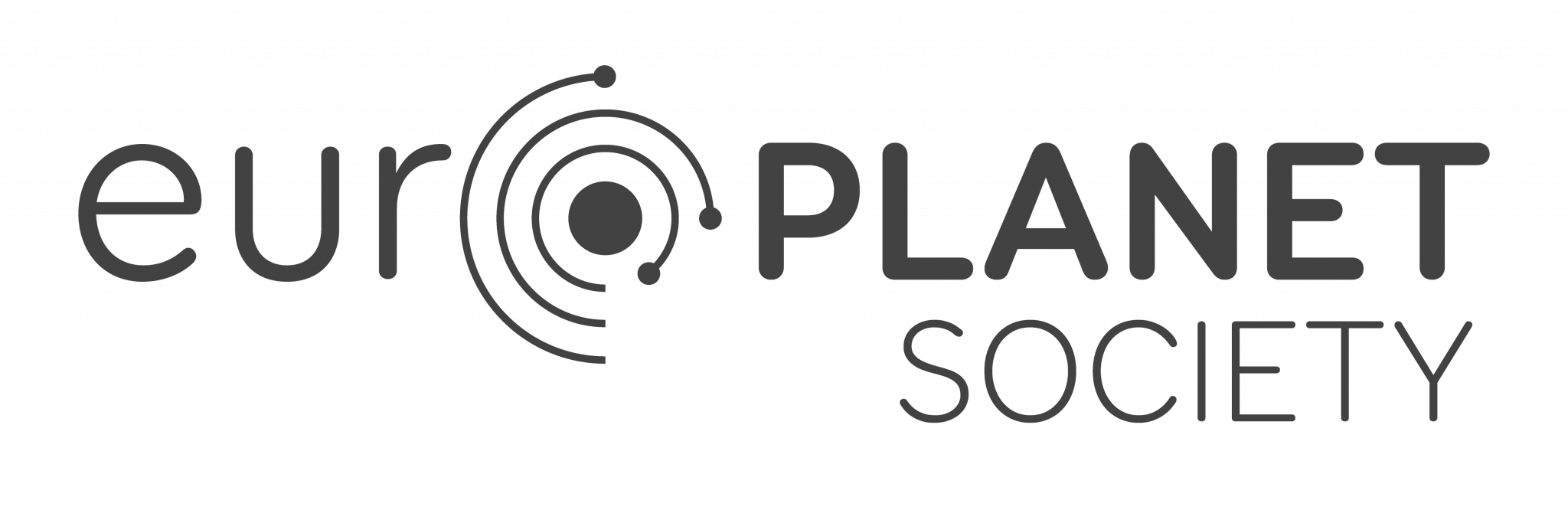Tytle: Tackling Venus atmosphere from different approaches: theory-modelling, observations and space missions Reference of the FPI contract CEX2021-001131-S-20-1
Centre: Instituto de Astrofísica de Andalucía - CSIC
Type: Predoctoral
Description:
Venus is in the spotlight of the public and scientific community after the selection of 3 missions: DAVINCI and VERITAS by NASA and EnVision by ESA/NASA. It remains an open question how Venus and the Earth started so similarly but become such different worlds. Thus, studying Venus is essential for understanding the links between planetary evolution and the habitability of terrestrial planets, including those outside our Solar System. Several Earth-sized exoplanets have been recently detected in short-period orbits of a few Earth days around low-mass stars. Those planets have stellar irradiation levels several times that of the Earth, suggesting that a Venus-like climate is more likely than an Earth-like. Consequently, the atmosphere of our closest planet Venus represents a relevant case to address observational prospects of rocky close-in orbit exoplanets.
The successful candidate will be in particular involved in EnVision mission, notably, he/she will join the international consortium of the high-resolution spectrographs VenSpec-H and VenSpec- U. She/he will use a sophisticated 3D model for Venus that has been developed since 2010 at LMD/IPSL in France, in the frame of a collaboration between different European institutions, including IAA-CSIC, to analyze and identify potential physical, chemical, or dynamical processes driving the variability of trace gases above the cloud tops of Venus (70 km altitude, approximately). Heterogenous chemical processes will be implemented and studied, and the impact of complex cloud models and scenarios on the water and sulphur species will be interpreted. These model developments will also contribute to the Venus Climate database (VCD), an online platform containing the meteorological fields derived from the Venus 3D Model and provides the scientific community with a climatology for many characteristics of the Venusian atmosphere from the surface to the exosphere, in addition, a similar but simplified condensation cloud model will be implemented into a “Generic” 3D model, developed for exoplanets and paleoclimate studies, to simulate H2SO4-H2O clouds “interactively” in the atmosphere of Venus-analogues around both Sun-like and M-dwarf stars, with the primary goal of providing realistic predictions of future observations of cloudy rocky exoplanets foreseen by the Webb Space Telescope and new-generation instruments and facilities (e.g. ELT).
The PhD thesis advisors will be Gabriella Gilli and Luisa M. Lara





